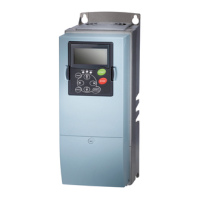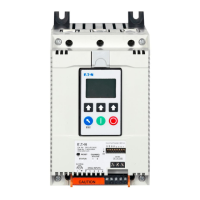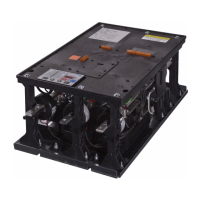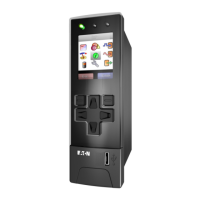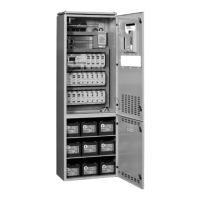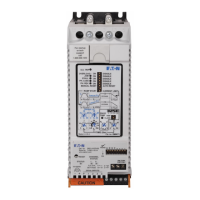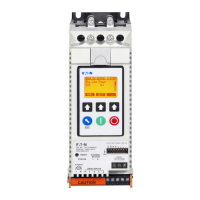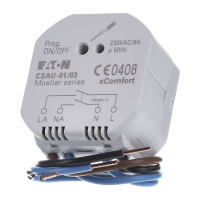Page 36 (60) Motor Pump Enhanced Protection Application SV9000
Setting this parameter (or parameter 1.13) does not affect the maximum output current of
the drive. Parameter 1.7 alone determines the maximum output current of the drive.
I
f
I
T
Par. 7.9
Current limit
Par. 1.7
Par. 7.6
Par. 7.7
Overload area
Figure 6.2-19: Motor Thermal Current I
T
Curve
7.7 Motor thermal protection zero frequency current
The current can be set between 10.0—150.0% x I
nMotor
. This parameter sets the value for
thermal current at zero frequency. See figure 6.2-19.
The default value is set assuming that there is no external fan cooling the motor. If an
external fan is used this parameter can be set to 90% (or even higher).
The value is set as a percentage of the motor name plate data, parameter 1.13, motor's
nominal current, not the drive's nominal output current. The motor's nominal current is the
current that the motor can stand in direct on-line use without being overheated.
If you change the parameter 1.13, this parameter is automatically restored to the default
value.
Setting this parameter (or parameter 1.13) does not affect to the maximum output current
of the drive. Parameter 1.7 alone determines the maximum output current of the drive.
7.8 Motor thermal protection time constant
This time can be set between 0.5—300 minutes.
This is the thermal time constant of the motor. The bigger the motor the bigger the time
constant. The time constant is the time within which the calculated thermal stage has
reached 63% of its final value.
The motor thermal time is specific for the motor design and it varies between different
motor manufacturers.
The default value for the time constant is calculated based on the motor name plate data
given with parameters 1.12 and 1.13. If either of these parameters is set, this parameter is
set to its default value.
If the motor's t
6
-time is known (given by the motor manufacturer) the time constant
parameter could be set basing on t
6
-time. As a rule of thumb, the motor thermal time
constant in minutes equals to 2 x t
6
(t
6
in seconds is the time a motor can safely operate at
six times the rated current). If the drive is in stop stage the time constant is internally
increased to three times the set parameter value. The cooling in the stop stage is based
on convection and the time constant is increased.

